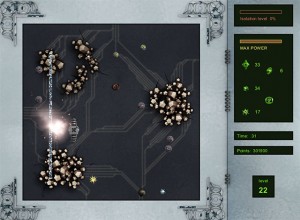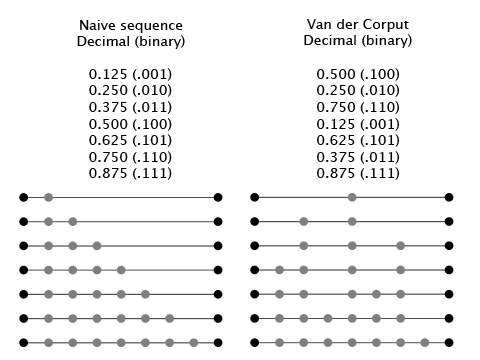Yesterday I finally finished some of my planned Artifact updates. The new version can be downloaded from here. Below is a detailed account of the changes in this version.
-
Added a game mode (rascal), where you can not lose:
As my 4 year old daughter was playing the game I had to keep typing cheat codes to keep her alive. This made me realise that I could introduce a game mode where it is not possible to lose, and where the player has infinite resources. Once I added the rascal mode she played for quite a while, and she even figured out some smart plays all by herself.
-
Removed global score tracking:
Global score tracking from games not played on a server will always be prone to modified clients posting fake scores. This can be mitigated though obfuscation, but not really solved. My implementation was also very bad, and very hard to maintain. Maybe I’ll revisit this one day, but for now I am glad its gone.
-
Removed hash checks of local data:
I do not care if you hack your local files so that you have insane scores. Hack the game all you want!
-
Prepare for OS X removal of some carbon audio API:
I kept getting this message in my logs:
WARNING: 140: This application, or a library it uses, is using the deprecated Carbon Component Manager for hosting Audio Units. Support for this will be removed in a future release. Also, this makes the host incompatible with version 3 audio units. Please transition to the API’s in AudioComponent.h
The solution was to upgrade openal-soft by building from source, and replace the old openal.dylib that came with Slick2D with the libopenal.dylib built, which I guess uses the API Apple wants you to use.


